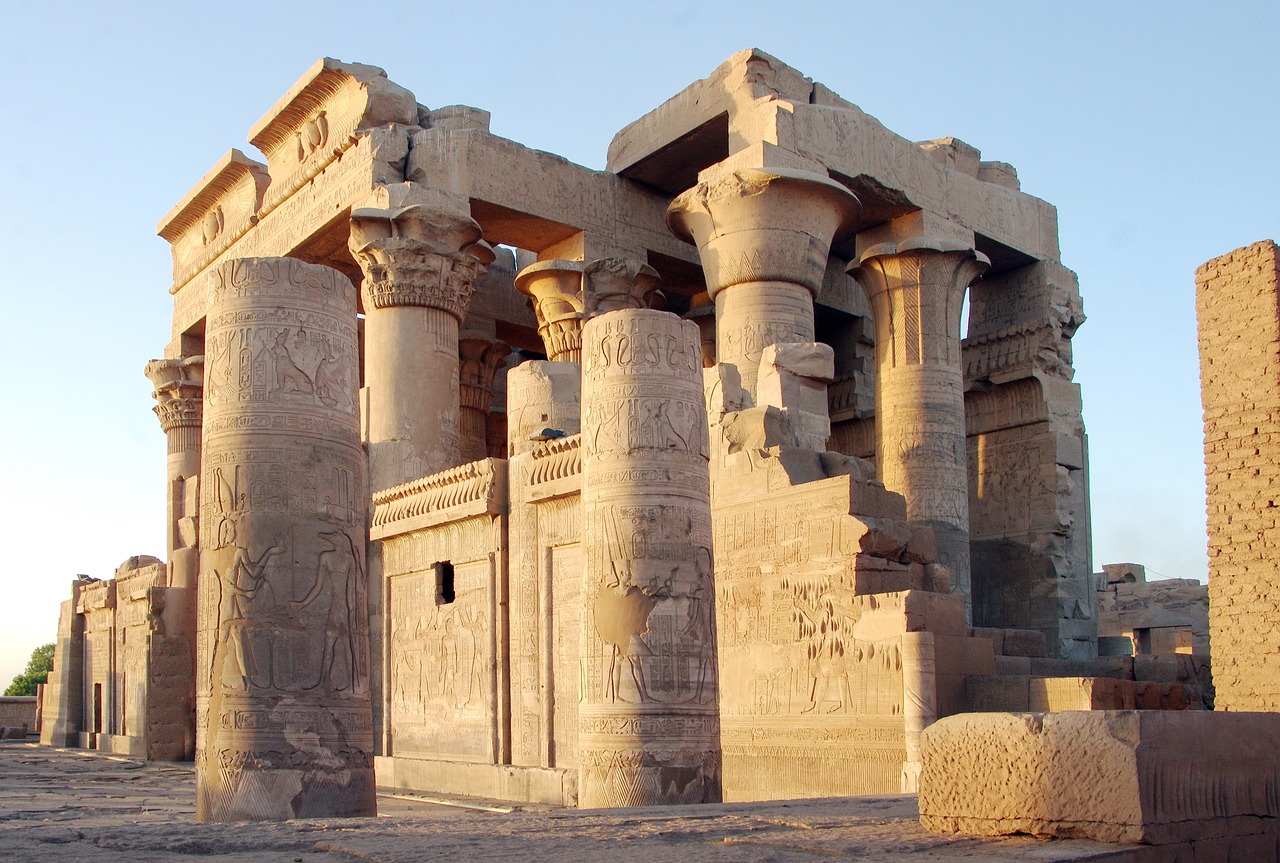Life in ancient Egypt revolved around the vital annual flooding of the Nile, which brought fertility to the land, a theme that prominently influenced their religious beliefs. This interconnectedness is vividly represented by the crocodile god Sobek. Initially emerging as a local deity, Sobek gained significant prominence during the Middle Kingdom, reflecting the era’s political landscape and showcasing how ancient Egyptians amalgamated and worshipped their gods, marking a crucial shift in his status within the pantheon.
Sobek’s Early Cult and Significance
The worship of Sobek is thought to be among the earliest practices of ancient Egyptian religion, with his initial representation found on a seal from the reign of King Narmer, the first ruler of the first dynasty. This seal features crocodiles adjacent to a uniquely shaped shrine that eventually symbolized Shedet, present-day Fayum. By the Old Kingdom, Sobek had solidified his status as one of the principal deities, often cited in the Pyramid Texts intended for royal burials, though his primary prominence was largely localized in Shedet.
Following the decline of the Old Kingdom, Sobek re-emerged as a significant local deity in Sumenu, within the Theban region. His cult had origins tracing back to the Heracleopolitan era under dynasties nine and ten. This was a pivotal time, culminating in the rise of the Theban kings from dynasty 11, which marked the beginning of the Middle Kingdom. During Amenemhat II’s reign, the cult of Sobek in Sumenu became the second most notable after Shedet’s, evidencing his expanding influence.
The Fusion with Re
Sobek’s ascendance to prominence paralleled developments in the religious landscape. As early as Montuhotep II’s reign—the inaugural ruler of the Middle Kingdom—Sobek began to be associated with the sun god, Re, in a significant merger. The name Sobek-Re first appeared on a tomb entrance belonging to a figure known as Daga from Montuhotep II’s era. The Coffin Texts from this period referred to Sobek as “he who rises in the east and sets in the west.”
Through this integration, Sobek transcended his role as a mere localized deity of water and fertility; he became closely linked with creation itself due to his connection with Re. Sobek-Re, in the guise of a crocodile adorned with a solar disc and uraeus (the protective cobra), was envisioned as a creator emerging from the waters of Nun, responsible for forming the cosmos and all deities. This new identity was reflected in hymns dedicated to him during the later Middle Kingdom, the motivations for this merger ranging from Sobek’s rising popularity to political motivations among his priesthood, remains unclear.
The Merging with Horus
Sobek’s journey took another interesting turn in Shedet, the newly named administrative capital of dynasty 12, when Amenemhat II began intertwining the identities of Sobek and Horus. The crocodile manifestation of Horus originated from a seal dating back to Khasekhmwy’s rule during the second dynasty. Amenemhat II recognized this potential synergy as a means to reinforce royal divinity. Ultimately, it was Amenemhat III who fully realized the significance of the combination of “Sobek of Shedet-Horus residing in Shedet.”
As Sobek-Horus, he assumed titles such as “Lord of the White Crown,” “He who dwells in the Great Palace,” and “Lord of the Great Palace,” all reinforcing connections to kingship rather than any separate divine representations. By encasing Horus’s name in a serekh, akin to royal names, this reinforced the notion that the king embodied Horus on earth. Thus, with the divine form of Sobek-Horus, the notion of kingship became increasingly infused with divine attributes tied to Sobek.
Ritual Practices and Influence
Sobek’s association with royal power is exemplified by the ceremonial representations seen in Amenemhat III’s “Baptism of the Pharaoh” at his Madinet Madi Temple in Fayum. This groundbreaking scene illustrates Sobek and Anubis bestowing life-giving ankh symbols upon Amenemhat III, marking his initiation into eternal kingship—a ceremony that often illustrated the divine genealogy of the ruler.
Towards the late Middle Kingdom, Sobek was referred to as “Sobek of Shedet-Re-Horus, the Powerful God,” with his cult spreading across 52 towns in Egypt. The adoption of Sobek’s name by rulers of the 13th dynasty, as seen in the royal name Sobekhotep, underscores his venerated status at this time.
Yet, as the Second Intermediate Period commenced, Sobek’s stature waned, becoming less associated with the state pantheon, his worship enduring only in select towns. However, his divine significance experienced a resurgence in the New Kingdom. Temples dedicated to Sobek and Horus were constructed at Kom Ombo, with Amenhotep III sponsoring his cult at various locations, including a crocodile breeding center established by him.
Overall, Sobek’s transition from a local entity to a revered creator god in the form of Sobek-Re, and later as Sobek-Horus, illustrates a fascinating evolution fostering divine legitimacy among the kings of Dynasty 12. The motivations behind Sobek’s resurgence—whether stemming from previous ties to Re or priestly manipulation—remain open to interpretation, yet exemplify the intricate social and political dynamics shaping the mythology of ancient Egypt.



